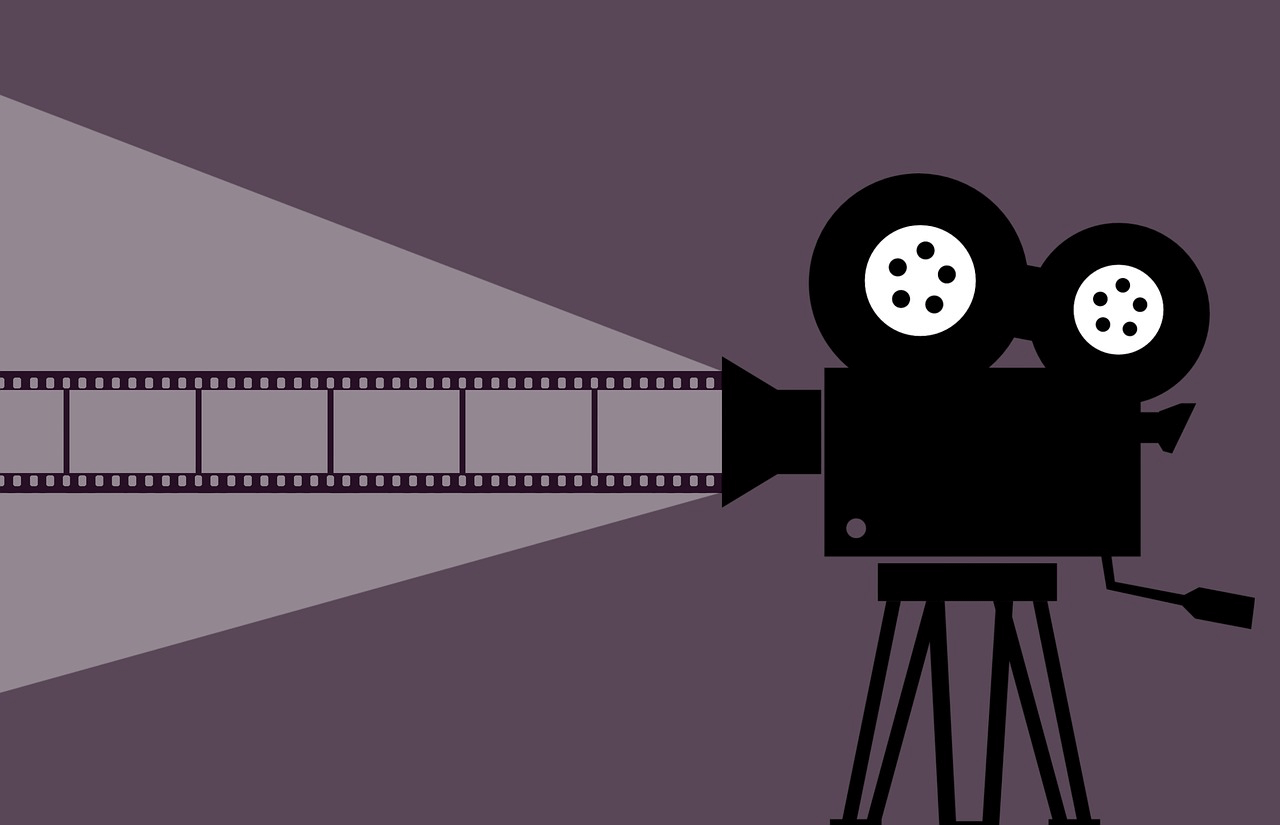Back/返回
Have you ever encountered that feeling of what your learnt in the classroom is very different to how things work in real life?

This is the exact same feeling many language learners have when they have to use language learnt in the classroom in real life situations, where no one is speaking very slowly with very standard pronunciation, or care that much about getting the exact correct grammar all the time.
Nowadays, most course materials for language teaching uses graded language according to relevant frameworks, such as the CEFR for European languages, and teachers grade language accordingly when conducting lessons. This is effective for making sure everyone understands the necessary content and follow a gradual improvement in language abilities, but being exposed to graded language constantly may give learners a false sense of security, make make them feel stilted when later being exposed to more authentic language.
This is where authentic learning materials come in.
Although mostly talked about by language teachers, having authentic learning materials is also very important if you are looking to self study a certain language. It adds a lot of value to learning language that is closer to what a native speaker uses, and can also make the sometimes boring process of learning a lot more fun.
So, for those not familiar with the term, what exactly is "authentic" language material?
Authentic language materials generally mean any language content, text or otherwise, that is not adapted or graded for language teaching. This can include any number of things that you may encounter in daily life.
Here is a list of some examples:
- Timetables and schedules
- TV show or movies
- Advertisement
- A conversation between friends
- TED talks
- Songs
- Fiction or non-fiction books
- An email to your boss
The list could go on. These are all valid examples of where we would normally encounter languages in our daily lives, be it your native language, or a second or third language. So the language in these materials are much closer to what a language learner may become exposed to once they come to work, study or live in the environment of the foreign language they are learning. Hence, we say these materials are "authentic".
The value of authentic learning materials is becoming increasingly recognised by language educators and schools, and many teachers are finding ways to incorporate authentic texts, such as newspaper articles or advertisement poster, or audio clips, such as TED talks or movie clip, into their language courses.

Using authentic learning materials not only make the learning content more closely represent real live scenarios, but also make the language learning process more interesting, as these content can be readily adapted to various activities that involve daily situations, such as role plays and mock interviews. However, the process of hunting down authentic materials and potentially adapting them to suit your needs may still be a pain.
If you are now keen to get your hands on some authentic language materials, we have compiled a list of where to get authentic materials and how to adapt them for teaching.
Ditsay is a worldwide online language learning community where learners, educators and anyone with an interest in languages and foreign culture can freely connect.
You can join Ditsay now by downloading our application, or you can join us as a language educator, to teach billions of foreign language learners around the world. Terms and conditions apply.